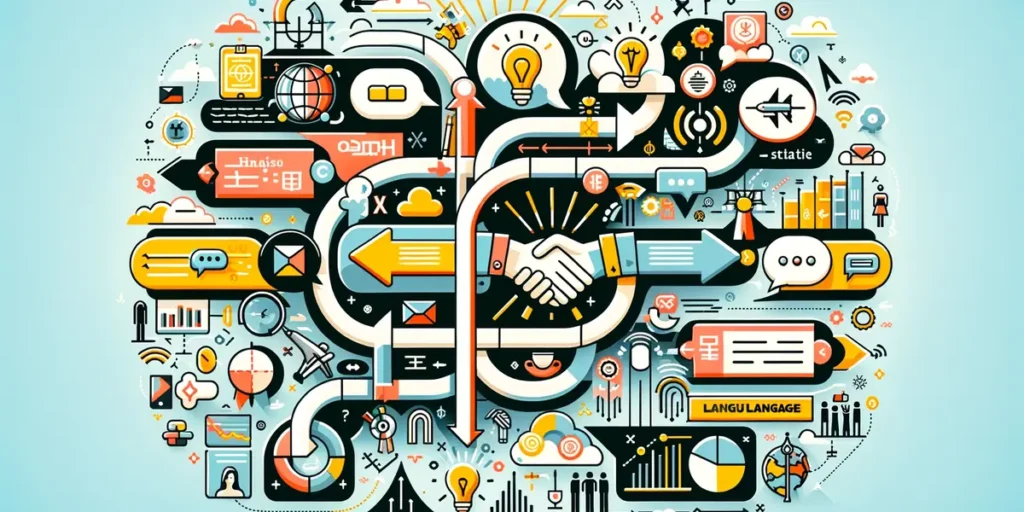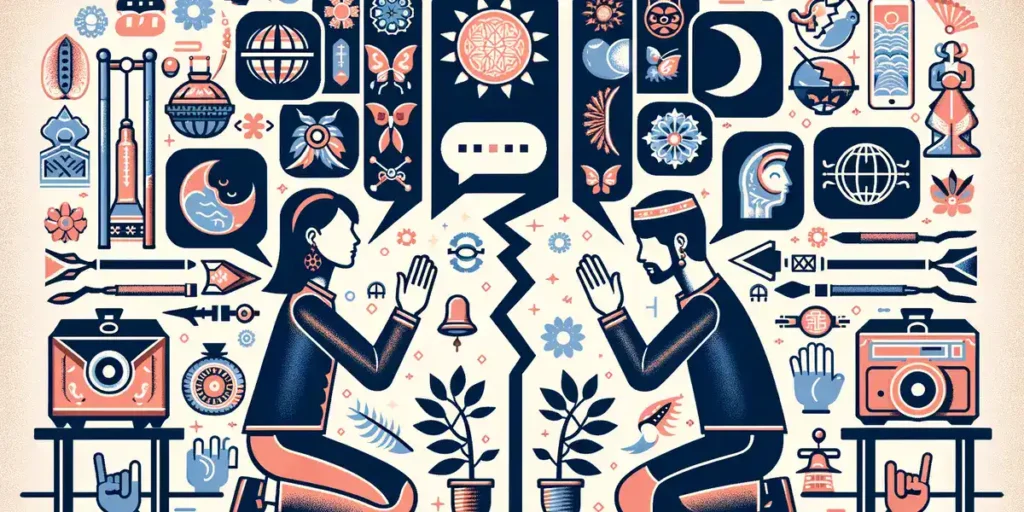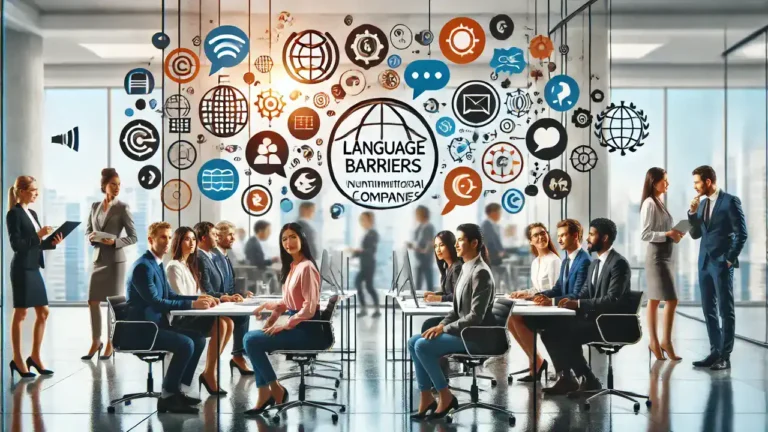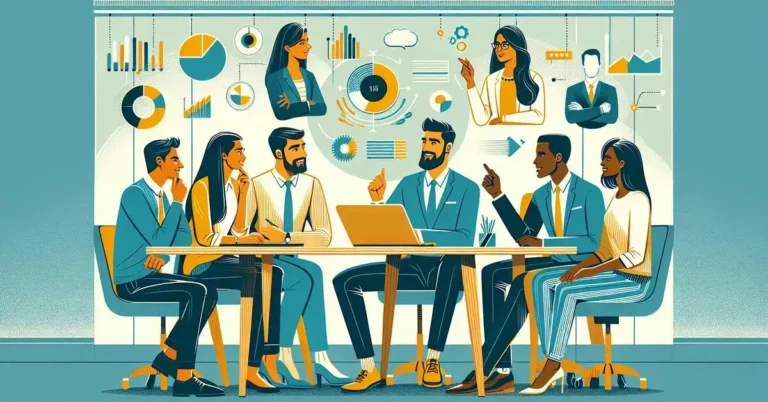Social Barriers to Communication
Social barriers to communication are significant obstacles that can hinder relationship building in both personal and professional contexts. These barriers emerge from factors such as language differences, cultural variations, and personal biases, all of which can impede effective communication between individuals and groups.
Understanding Social Barriers to Communication
Effective communication is essential for building strong relationships; however, various social barriers can distort the intended message. These barriers arise from a range of factors—some visible, others more subtle—that impede clear interaction.
Language Differences
Language differences often lead to misunderstandings. When people speak different languages, conveying thoughts accurately becomes challenging. Even when sharing the same language, dialects and accents can introduce confusion. Imagine the miscommunication that might occur during an international meeting when a single phrase is interpreted in multiple ways!
Cultural Differences
Cultural variations add another layer of complexity. Different cultures embrace unique customs, beliefs, and values that shape interpersonal interactions. For example, direct eye contact is seen as a sign of respect in some cultures, whereas it might be perceived as confrontational in others. Recognizing these nuances is essential for avoiding unintentional offense and ensuring respectful communication.
Differences in Communication Skills
Individuals vary in their ability to express ideas clearly. Some people may struggle with articulating their thoughts, while others excel at conveying complex concepts with ease. This disparity in communication skills can lead to misinterpretations, yet it can be improved through education and practice. Training programs that focus on enhancing active listening and clarity can empower everyone to communicate more effectively.
Causes of Social Barriers

Social barriers are not created in a vacuum; they emerge from a variety of sources, each contributing to misunderstandings and communication breakdowns.
Cultural and Linguistic Differences
Differences in customs and values lead to distinct communication styles. In high-context cultures, implicit messages are the norm, whereas low-context cultures rely on explicit language. This divergence can easily result in miscommunication, particularly in diverse groups.
Educational and Economic Disparities
Educational backgrounds influence vocabulary and expression, while economic disparities often restrict access to modern communication tools. These differences can limit opportunities for meaningful interactions, leaving some individuals feeling excluded from the conversation.
Stereotypes and Prejudices
Preconceived notions based on race, gender, or religion can distort perceptions and interpretations. Stereotypes and biases often lead to discrimination, further complicating the communication process and undermining trust.
Personal Feelings and Emotions
Emotions such as frustration, anger, or even anxiety can obstruct open dialogue. When personal feelings come into play, the intended message may become obscured, leading to conflicts that are difficult to resolve.
Lack of Representation
Underrepresentation in public discourse reinforces social exclusion. When certain voices are systematically ignored, the resulting communication gaps hinder equal participation and the sharing of diverse perspectives.

Effects of Social Barriers on Communication
Social barriers affect communication on multiple levels, creating a ripple effect that extends to interpersonal relationships, societal dynamics, and professional environments.
Impact on Interpersonal Relationships
Language barriers and emotional misunderstandings complicate relationship building. For instance, if someone struggles to articulate their feelings due to language differences, misinterpretations can spark conflicts—even among close friends and family. Such obstacles can lead to isolation and weakened bonds.
Impact on Society and Culture
On a broader scale, social barriers can restrict the flow of ideas, resulting in cultural misunderstandings and discrimination. When people are unable to connect across differences, society loses the opportunity to benefit from diverse perspectives and innovative solutions.
Impact on Business and Professional Communication
In professional settings, social barriers stifle collaboration and growth. Language differences can complicate negotiations with international clients, and cultural misunderstandings may hamper teamwork. As a result, businesses risk diminished productivity and lost opportunities for global expansion.
Strategies for Addressing Social Barriers in the Workplace
How can organizations bridge these gaps and foster a more inclusive environment? A multifaceted approach is required—one that combines education, policy, and technology.
Diversity Training
Implement regular workshops that educate employees on cultural sensitivity, communication styles, and unconscious biases. These sessions not only raise awareness but also empower individuals to navigate differences with confidence and respect.
Encouraging Open Dialogue
Create an environment where employees feel safe sharing their thoughts and experiences. Regular team meetings, open forums, and feedback sessions can significantly reduce misunderstandings. After all, honest conversations often lead to unexpected insights!
Policy Development
Develop clear policies on diversity, inclusion, and anti-discrimination. When organizations set defined expectations, they create a safe and supportive space where everyone’s voice is valued. Strong policies provide a foundation for equitable communication.
Mentoring Programs
Establish mentoring initiatives that pair individuals from diverse backgrounds. Such programs foster understanding and help bridge communication gaps, enabling participants to learn from each other’s experiences and perspectives.
Inclusive Communication Platforms
Leverage a variety of communication tools, including visuals and translation services, to accommodate different styles and preferences. These platforms ensure that everyone, regardless of background or ability, has access to the information they need.
Overcoming Social Barriers to Communication

To further enhance communication effectiveness, consider these strategies:
Develop Effective Communication Skills
Emphasize active listening, clarity, and conciseness. Training sessions focused on these skills can empower individuals to articulate their thoughts more confidently.
Promote Inclusivity and Diversity
Cultivate an environment where all identities are respected. By encouraging diverse perspectives in discussions, organizations can minimize misunderstandings and foster a culture of acceptance.
Encourage Open Dialogue and Feedback
Establish regular opportunities for feedback and constructive criticism. This not only reinforces mutual respect but also creates a continuous loop of improvement.
Implement Cultural Sensitivity Training
Regularly schedule sessions that educate employees about different cultural communication styles. Understanding these nuances can prevent misinterpretations and build stronger working relationships.
Utilize Visual Aids
Incorporate infographics, handouts, and other visual tools to clarify complex information. These aids can be particularly effective for multilingual audiences and those with varying communication skills.
Conclusion
Social barriers to communication are multifaceted challenges that affect individuals and organizations alike. From language differences and cultural variations to personal biases and unequal representation, the obstacles are diverse. However, by using clear language, respecting cultural nuances, and actively addressing personal biases, it is possible to build stronger relationships and more effective communication channels.
In short, addressing social barriers not only improves individual communication skills but also contributes to a more inclusive society where every voice is heard. So, are you ready to take the first step? Embrace these strategies, and watch as your personal and professional relationships transform for the better!






